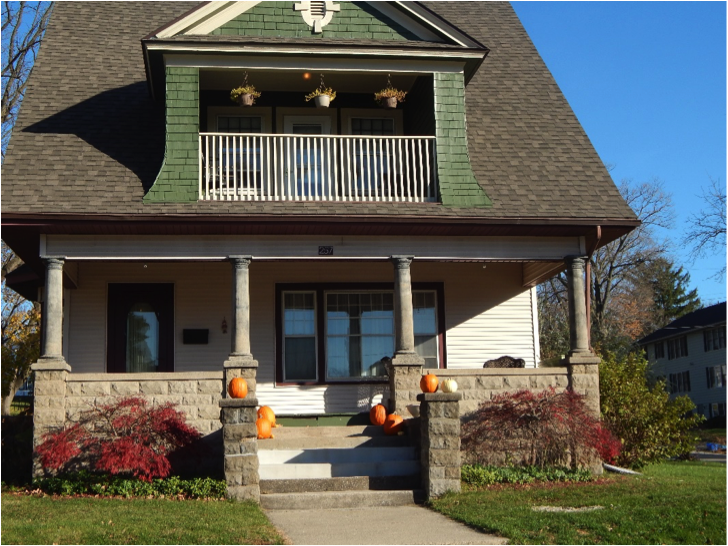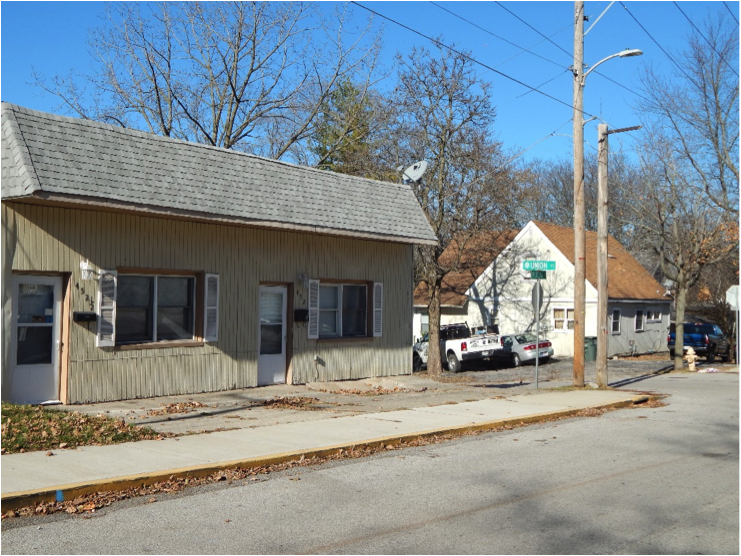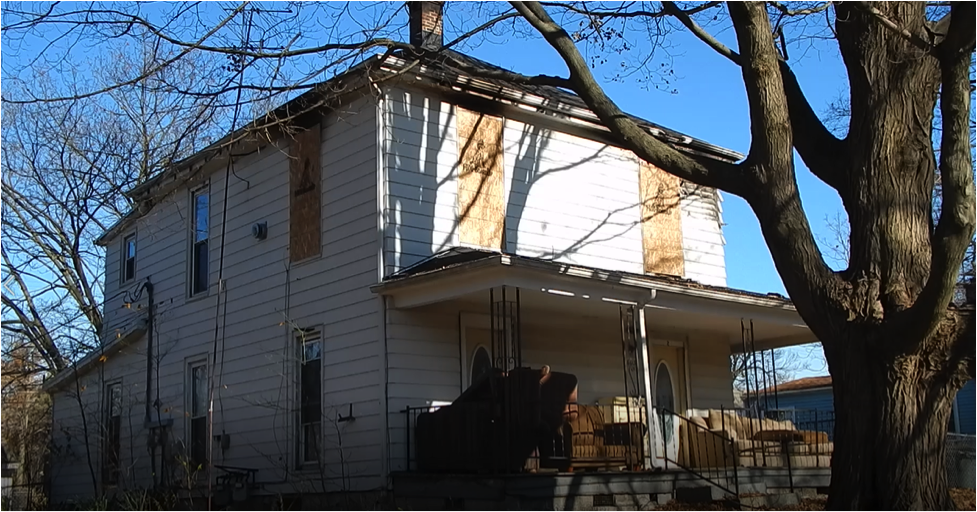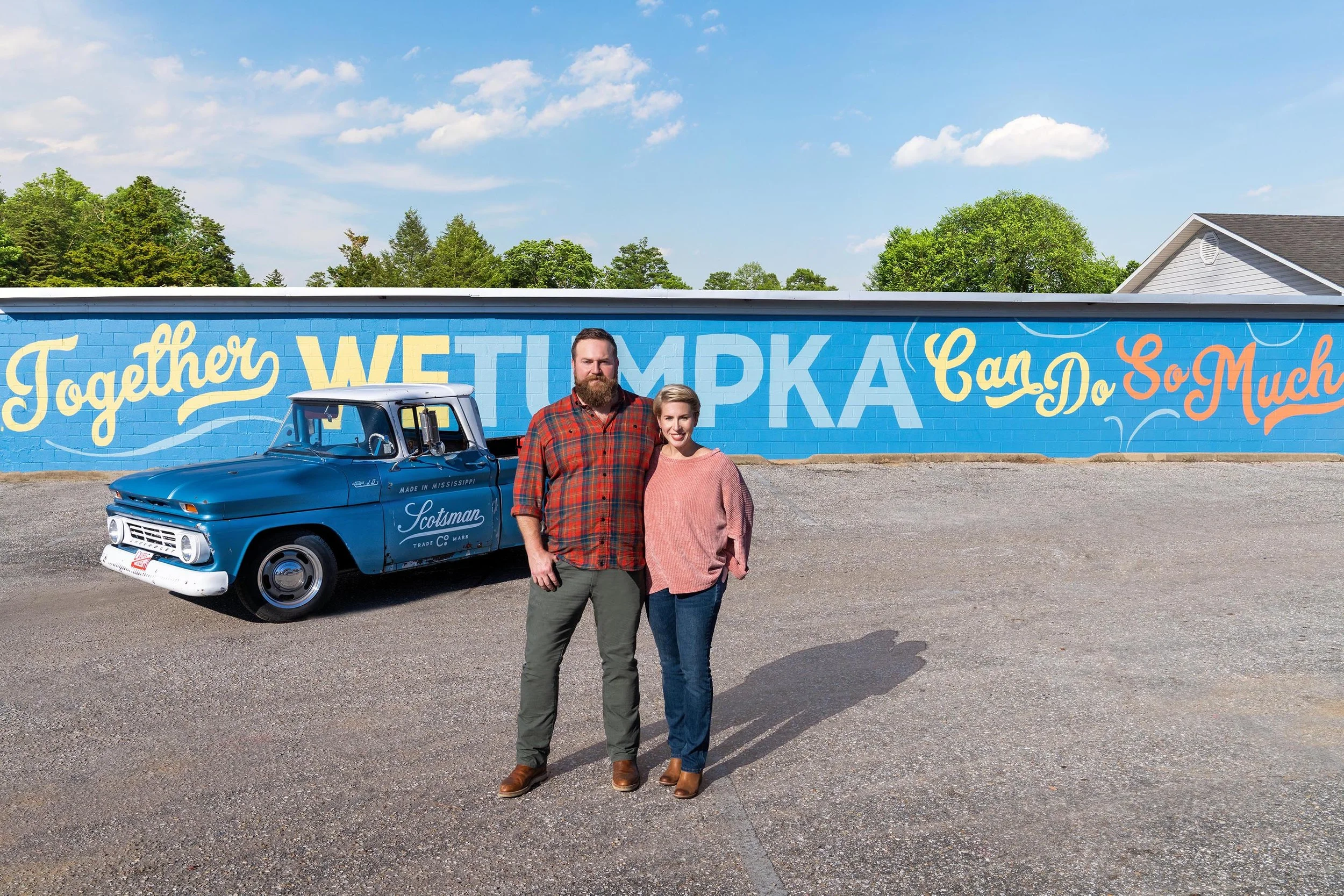How do Neighborhoods Become Strong?
Elias Crim is a long-time Strong Towns member who has been involved in strong citizen action in his town. Today, he's sharing some insights about how to gather people around a common cause and how to help a neighborhood thrive during changes times.
Even the most successful cities at some point or another face the question: How can we fix up our so-called “bad” neighborhoods and make them safer and more prosperous places?
In order to answer that, though, we need to consider three things. First, we must ask why the neighborhood is considered “bad” in the first place. The answer is almost always a perception about crime as well as the appearance and condition of the housing.
Second, we need to beware of “fixing” other peoples’ spaces. Not only does that approach smack of elitism, it is also limiting. It overlooks the valuable insights and input of the residents themselves, which a successful campaign of neighborhood improvement will need to include.
The focal point of our town is the large public space known as Central Park Plaza.
Finally, as you think about helping a neighborhood grow stronger, you want a recipe, not somebody else’s blueprint. Community regeneration involves lots of variables so you’ll need guidelines that can be tweaked, the way a good cook adjusts a recipe.
My neighbors and I are looking at adopting a version of asset-based community development which has worked for several communities in our region. But we’re adjusting the recipe by pouring in some Strong Towns principles!
What follows here are some initial field notes on a neighborhood called Hilltop in my leafy college town of Valparaiso IN — population 33,106 — located at the southern end of Lake Michigan about halfway between Chicago and South Bend.
It’s odd, in a way, that Valpo (as we call it) would even have a neighborhood that needs much strengthening. In our northwest Indiana rustbelt region (Gary, a smaller Detroit, is only 20 miles away), our town is considered a bastion of middle-class prosperity, complete with a gingerbread town square practically out of the set of The Music Man.
But here’s the flip side: We have several neighborhoods in Valpo that are struggling and mostly neglected. That’s because our city planning sometimes falls into what one observer characterized as the nineteenth-century City Beautiful philosophy: top-down, emphasis on civic culture, tilted toward tastes of upscale citizens, indifference toward keeping some housing affordable, etc.
But one of our lower-income neighborhoods is no longer going ignored. That’s because it’s located smack in between Valparaiso University and the downtown area. Here’s a look at the area called Hilltop and its two very different faces.
The Neighborhood of Hilltop
A historic area of the city, Hilltop’s reputation today is ambiguous: it contains some nice older homes near its northern border and it has one or two streets where the local police regularly respond to resident calls.
Hilltop’s area is less than a mile wide and less than a half mile deep, perhaps 40-50 smallish city blocks a short walk from the downtown to the west and the university to the east.
An approximate map of Hilltop neighborhood. Downtown begins west of Morgan and Valparaiso University begins east of Garfield.
A friend at the regional planning commission pulled some census data for Hilltop’s zip codes in order to give us an estimated population of 1,507, of which 1,142 (76%) were counted as white, with 243 Hispanics (16%), 91 African-Americans (6%) and 81 Asian-Americans (5%). The area has 203 people under 18. Of Hilltop’s 804 housing units, 91 were reported vacant.
Hilltop — in a town with very little crime other than petty property crimes and a 50% drop in all crime over the last decade — is reputed to be a "bad" neighborhood. In fact, reportedly one-third of all local police calls are tied to Hilltop but its proximity to downtown likely heightens the impression that one area causes all the trouble.
One of the neighborhood's assets, Will Park, used to be a spot where late night drug deals went down until the City decided to cut away some trees and brush to make the park more visible from the street fronting it. Things are better now, although negative perceptions about the area remain.
Hilltop’s Will Park is receiving some new love from the City’s Parks and Rec Department]
The Future of Hilltop
OK, you could probably guess where all this was going... Despite its reputation, Hilltop’s geographical location means it’s also now in the sights of local developers. The first new high-end townhome project — on the Hilltop street bordering downtown — is being finished now and more are undoubtedly in the works.
New 2,600 sq ft townhomes for $450K each, on the border of Hilltop and downtown Valpo
Several months ago, with some of these concerns in mind, some friends and I convened a small group of neighborhood residents to hear their impressions of the neighborhood, its strengths and its weaknesses. Luckily, the group included the one resident who knew everything about the area: Riley, the pony-tailed hippie postman. Here’s some of what he had to say:
Let me tell you what other folks in town here don’t get. We Hilltop people love our neighborhood. We don’t think of it as being a problem area; we think of it as being the most interesting part of Valpo. I mean, we’re the most diverse area in the region. Not only black, brown, white but Asian—all kinds of Asian. Middle Eastern people.
And we look out for each other in this neighborhood. When you’ve got a problem, it’s easy to go find somebody to help you out, because we all know we need to stick together.
Riley’s comments really struck me; they were the exact opposite of the impression many Valpo folk have of Hilltop.
A neighborhood listening session at Hilltop’s women’s residence, Neighbors Place
Our listening session included several more testimonials, as well as a number of suggestions for things residents would like to see: more sidewalks, street lights, more daycare, neighborhood cleanup days, activities for kids in the park, etc.
More listening sessions will be needed and then we hope we can identify some neighborhood leaders to form a kind of steering committee for a new community organization tasked with creating a neighborhood quality of life plan... See the smooth way that sentence went down? Maybe you didn’t even notice the interesting phrase “community organization” because you were focused on the innocuous-sounding “quality of life plan.” We’re not drawing attention to the community organizing part, as that kind of political-sounding language might scare off some Valparaiso leaders. Instead, we talk about how we’re about “creating a sense of place” and shoring up property values.
Union Community Church
The good news is that Hilltop has many community assets to build from. In addition to the park and historic homes, the neighborhood also offers social services like a daycare center and the women’s residence mentioned above.
There’s also Union Community Church, a tiny multi-racial congregation. Admittedly only a few members are residents of the immediate neighborhood. Still, we hope the church can become an anchor for the Hilltop area, partly through involvement in our new community organization.
Hilltop also once contained some commercial activity — small shops and stores, a single restaurant — but today none exists. Rebuilding that base will be one of our goals. Maybe we'll even push for a community owned grocery.
The next steps in our process are simply to identify more Hilltop residents — renters, owners, students — who want to come together to create a plan for the area and, in so doing, give it a new voice in the future of our town. Great examples of successfully revitalized campus neighborhoods exist.
As we move forward, we'll be rooting our plans in the community's needs and steering away from the outsider "fix it" mentality that has labeled this neighborhood as simply "bad" and a "problem." And we'll continue to adjust our recipe for success as needed, incorporating many Strong Towns principles along the way.
(All photos by Elias Crim unless otherwise noted)
Related stories
About the Author
Elias Crim is the founder of Solidarity Hall, a group blog and publisher focused on re-imagining community. He and his colleague Pete Davis podcast at Dorothy's Place. He has been a Strong Towns member since... forever.













This small town is considering overhauling its main street to embrace walkability and good old-fashioned main street urbanism.